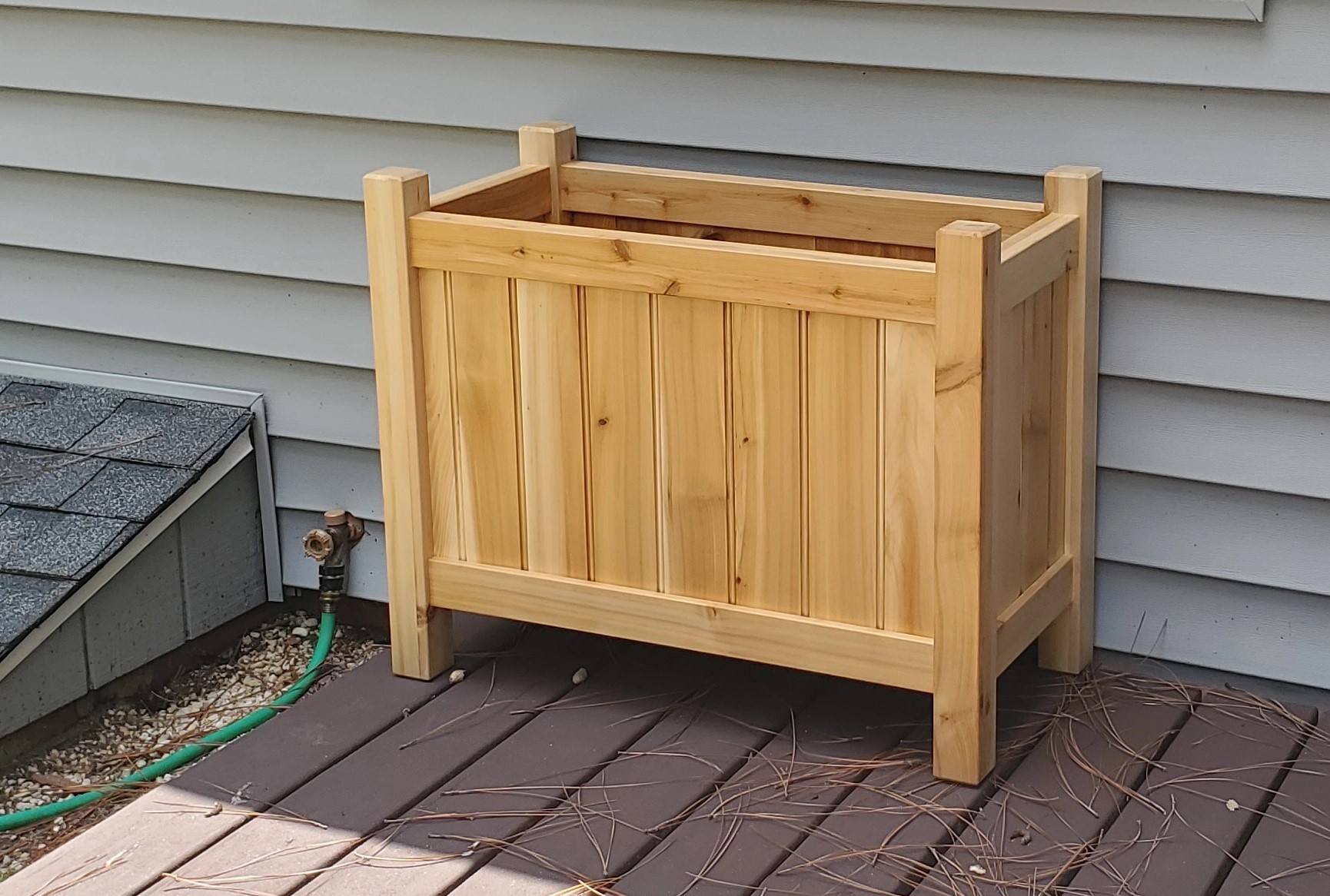Building a credenza with 3/4” plywood. Using miter joints on the carcass to avoid showing the plywood “end grain”. How can I reinforce those joints? The pros are using festool domino. I have a handheld drill and a handheld router. Can I do a dowel joint? I don’t know how to do that on a miter.
If you’re set on using a miter joint, you could do a splined miter. This is a miter with a captured spline to add rigidity and strength of the long grain glued connection as opposed to the splines going across the outside of the miter. This excerpt from Woodcraft shows the type of spline I mean, it’s something you should be able to achieve with a saw or small enough router bit, but make sure you have a fence setup with that to keep it stable and you safe during the cut.
The joint doesn’t need reinforcement and is actually probably stronger with just glue alone.
Is there a reason you aren’t using edge banding to cover the exposed edges?
I could do edge banding and switch to butt joints if I have to but I’d prefer the miters with this design.
I think a slined miter like edm00se suggested or a lock miter made with a router are probably your best bets for strength of the joint.
I can think of a few ways to do this.
Some get a little advanced like using what I’ll call a partial miter, like so: https://cdn.h2ouse.org/wp-content/uploads/the-miter-joint-768x359.jpg. I’m assuming you have a table saw to make the miter/bevel cuts in the first place, so you should be able to do this with the table saw and/or your handheld router with a square cutting bit and a guide.
There are three ways to reinforce a miter joint with dowels:
-
Hidden dowels. Drill holes that are perpendicular to the mitered surfacess, and it goes together like any other dowel joint. I’m unaware of a commercial jig for this; you would need to build your own to hold the drill bit perpendicular to the mitered face and at the correct location.
-
“Straight” dowels. Short version: Forget it’s a miter joint and dowel it together like it’s a butt joint. Through the face of one board into the end grain of the other board. I would recommend doing this with the cabinet already assembled; it will show, but you can make that look cool. Screws and plugs are another option here, though screwing into plywood edge “grain” isn’t always the strongest.
-
“Diagonal dowels.” Assemble the cabinet, drill a hole diagonally through the joint, cram a dowel through, saw and sand it flush.
If you’re comfortable making plunge cuts with your handheld router, you can do anything a Festool Domino can do, it just takes more time to set up.
Or you could do a splined miter. You can cut slots along the mitered/beveled surface with a table saw or your hand router with the guide, then make a spline that will fit in those grooves. Compared to a dowel joint, this doesn’t constrain the boards sliding along the length of the miter, but that can be a good thing because that’s one more axis you don’t have to worry about lining up your cuts.
-




